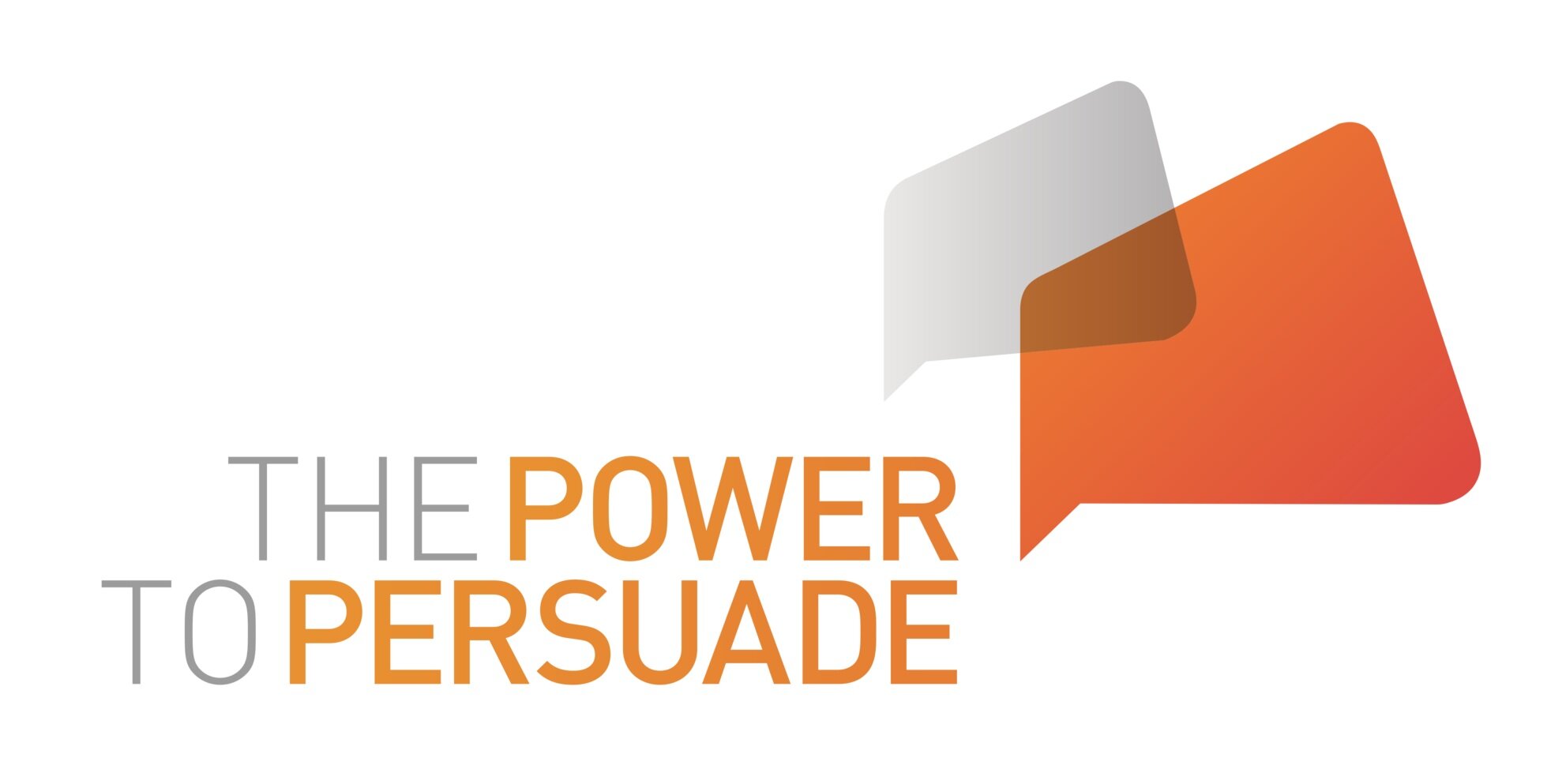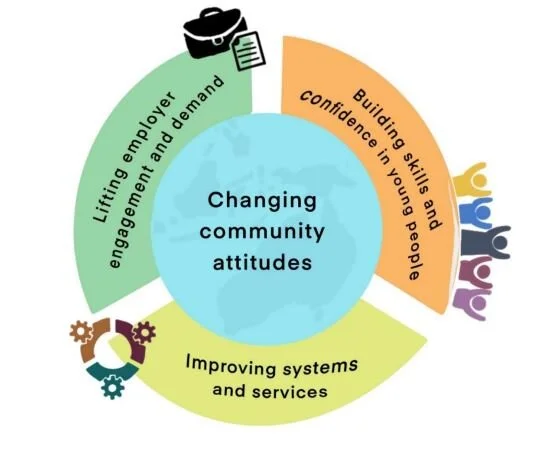The workplace culture at Parliament House is under intense scrutiny after the revelations prompted by Brittany Higgins’ experiences as a staff member bringing forth an allegation of rape in the workplace, while the wider experiences of women in Australian politics is being highlighted in Annabel Crabb’s Ms Represented which aired its first episode yesterday. In today’s analysis, Leonora Risse (@Leonora_Risse) of RMIT, the Women and Public Policy Program at Harvard (@wapppHKS), and the Women’s Leadership Institute Australia (@WLIAus) discusses toxic workplaces as sites for contests of masculinity, and how that negatively impacts on women and others who do not conform to these norms, with a particular focus on Australia’s political spheres.
Read MoreAs lockdowns become ‘the new normal’ in Australia, working from home, at least for some workers, is also becoming normalised. While working from home provides many women with the much-needed flexibility they need, there is also potential for a further eroding of gender equality, both in the workplace and the home. In today’s analysis, Sally Moyle (@SallyMoyle) and Helen Innes, both with the National Foundation for Australian Women (@NFAWomen) Gender Lens on the Budget team, explain how the government should be responding to the rapid changes in work-from-home practices. This analysis is drawn from their Federal Budget 2021/22 analysis on work from home policies. You can read a summary of NFAW’s infrastructure analysis here, and an overview of how the budget is analysed here.
Read MoreAs multiple states head back into lockdowns and restrictions due to new COVID-19 outbreaks around the nation, focus is once again on the Federal Government’s policy response to the pandemic. As we have seen with outbreaks in aged and disability care settings, policy responses must take into account groups who may be more at risk from COVID-19. At the start of the pandemic people with disability were largely ignored in the Federal Government’s intial COVID-19 policy response. Consequently the disability sector rapidly mobilised to lobby for a disability specific response. In today’s blog piece Celia Green discusses a new report that examines what helped and hindered the development of a COVID-19 policy response for people with disabiluty and what we can learn from this for future crisis and emergency situations.
Read MoreToday the treasuerer Josh Frydenburg will hand down the 2021 Intergenerational Report showing that one of the most significant impacts from the COVID-19 pandemic will be a smaller population in the decades ahead. In today’s blog piece Peter Martin discusses the implications for Australia of a smaller, older population.
Read MoreOn the beautifully manicured courts of Wimbledon each summer, the shining image of tennis is on display. Superstars like Serena Williams, Naomi Osaka, Rafael Nadal and Novak Djokovic grace the crowd with their athletic prowess and earn significant financial rewards from the tournament, as well as through sponsorship deals from some of the world’s most recognized brands. However, this illusion contrasts starkly from the lived experience reality of most professional players.
Read MoreFor the last decade, few topics divided Australia as that of asylum seekers arriving by boat. As we celebrate Refugee Week, it is worth noting that while the boats may have ‘stopped’, there are thousand asylum seekers who remain in limbo because of current Australian government policies. Many are living in community detention or on short-term bridging visas. With limited or no rights, and no clear timeframe as to when their claims for protection might be finalised, these asylum seekers are prevented from living a regular life or contributing to the Australian community.
Read MoreThis post by Lisa Bortolotti is a re-post in a series of posts on a project on agency and youth mental health funded by the Medical Research Council and led by Rose McCabe at City University, UK. Lisa is a Professor of Philosophy at the University of Birmingham, affiliated with the Department of Philosophy and the Institute for Mental Health. In this post she answers four questions about her work on agency in youth mental health.
Read MoreThis year’s Federal budget, announced on May 11th, included a Women’s Budget Statement. Perhaps this was added after last year’s budget left many women feeling their needs were not considered. But will this budget deliver for women? Today’s analysis from Kathy MacDermott and Louise McSorley, on behalf of the National Foundation for Australian Women (@NFAWomen), examines the government’s infrastructure plans using a gender lens. This piece is synthesized from the NFAW’s infrastructure analysis.
Read MoreThe evidence has been well publicised: young people who have spent their formative years in public care are less likely than their peers to be in gainful employment, and more likely to become homeless, to become involved in crime or prostitution or to become long-term dependent on the state. A closer inspection of the data tends to reveal a much more nuanced picture: a small group of care leavers are ‘movers on’ who achieve educational, employment and wellbeing outcomes that are similar to those of their peers in the general population. A much larger group are survivors: they enter care significantly behind their peers in key areas of development and although, given the right support, they make progress, it takes time to narrow the gap, and their achievements, occurring relatively late in life, often go unrecognised. Only a relatively small group of care leavers fit the stereotype and struggle with very poor outcomes.
Nevertheless, we need to understand why, despite more evidence of success than is often acknowledged, the transition to adulthood from care can be problematic for too many young people who have been the responsibility of the state. In this blog, Harriet Ward and Mike Stein explore the transitions from care to adulthood through exploring historical narratives.
Read MoreOn Wednesday and Thursday of this week, 16 – 17 June 2021, the 50/50 by 2030 Foundation hosted its inaugural symposium, ‘Equals Now’ at the University of Canberra. In today’s post, Laura Davy (@LauraKDavy) and Briony Lipton (@briony_lipton) reflect on the key themes and highlights from this excellent 2-day conference.
Read More‘Competition’ is often seen as a major driver of quality and efficiency in social care markets. But a team from the University of Melbourne conducted a study into the effect of competition on a range of nursing home quality and price measures, and found no evidence that competition increases quality of care, and only a weak association between competition and price. In today’s post, originally published on the Conversation, Ou Yang, Anthony Scott, Jongsay Yong and Yuting Zhang report on their findings.
Read MoreIn today’s post, the team at Children’s Ground introduces its Dine for a Difference campaign - an opportunity to gather around a table with friends and family to learn more about the depth of First Nations knowledge and history and the injustices First Nations people face in Australia. Children's Ground is a not-for-profit organisation working to create a different future with First Nations children, families and communities experiencing the greatest levels of disadvantage in Australia, through a family-centred approach.
Read MoreKathleen Herbert reflects on what needs to change so we can convince women to enter parliament.
Read MoreWomen’s engagement with employment is nearly on parity to men’s, yet workplaces have been slow to consider how women’s needs may differ. Australia is leading the way in considering how reproductive health needs can be accommodated through designated leave policies, but there is no consensus on the issue. In today’s piece, University of Sydney (@USydneyEcon) researchers Sydney Colussi (@Sydney_Colussi), Elizabeth Hill (@ElizabethHill00) and Marian Baird (@ProfMarianBaird) make the case for reproductive health leave as a key lever for gender equality in the workplace. This piece originally appeared in the Sydney Morning Herald.
Read MoreLuke Michael (@luke_michael96) highlights findings from a new research report from Children and Young People with Disability Australia that suggest problems with NDIS implementation are many and varied, and are not likely to be fixed by the Government’s proposed major reform of Indpendent Assessments. He talks over the implications with the report’s lead author Professor Helen Dickinson.
Read MoreThe Australian Government is developing a ten-year National Disability Employment Strategy to “increase employment outcomes and break down barriers that people with disability may face in finding and keeping a job.” The Strategy’s proposed priority areas, set out in a consultation paper released in April, continue down a path that has not improved employment outcomes for people with disability at scale for nearly three decades. In today’s post, adapted from the Melbourne Disability Institute’s response to the consultation paper, Sue Olney (@olney_sue), Kirsten Deane (@NDISDeane), and Bruce Bonyhady (@mdi_unimelb) explain why we must seize the opportunity presented by the COVID-19 pandemic to rethink how we frame and address disadvantage in the labour market, and why we need new approaches to policy design and implementation in this arena that reflect the current and future environment in which Australians with disability are seeking work.
Read MoreAlastair Stark, Nivek Thompson (@NivekKThompson) and Greg Marston argue that public deliberation can lead to better policy design by offering something more dynamic than a ‘snapshot’ of public opinion: it can show policymakers how citizens think and justify their decisions.
Read MoreEveryone who is concerned about Australia’s economic recovery from the impacts of COVID-19 was glued to the presentation of the Federal Budget documents on May 11th. While the budget highlights gains for women, will it actually deliver? As a document that reflects true priorities and values, the National Foundation for Australian Women (@NFAWomen) is busy dissecting and analysing the budget to bring to light how effective this budget will be in promoting gender equality. Sally Moyle (@SallyMoyle) provides insight into this important process.
Read More



















